18 pages • 36 minutes read
Gwendolyn Brooksthe rites for Cousin Vit
Fiction | Poem | Adult | Published in 1949A modern alternative to SparkNotes and CliffsNotes, SuperSummary offers high-quality Study Guides with detailed chapter summaries and analysis of major themes, characters, and more.
Symbols & Motifs
The Idea of Agency
At first, Cousin Vit doesn’t have much agency since death controls her. However, the speaker reveals that death “can’t hold her” (Line 2). It cannot repress Cousin Vit’s individuality. She retrieves her agency, “rises in the sunshine” (Line 6), and returns to her life.
At the same time, it’s possible to argue that Cousin Vit never has agency. Death supplants it, and then something else propels her. For a person to have sovereignty, they must have the power to act and think as they wish. While Cousin Vit appears to have this, the word “haply” (Lines 13 and 14) calls this into question. Life is too disorderly or hysterical for a person to control it absolutely. First, death possesses Cousin Vit. Then, the happy life—a product of luck and not intention—overtakes her.
The Symbolism of the “Snake-Hips”
Although Brooks never mentions Cousin Vit’s race, one can conclude that Cousin Vit is a Black woman. One critical clue is “snake-hips” (Line 10), the dance Cousin Vit performs. The Black performer, Earl Tucker, created the snakehips dance in the 1920s and ’30s. Tucker could roll his hips so far to the side that his torso took on an S shape and looked like a snake. The dance has a specific link to Black people and culture.
Related Titles
By Gwendolyn Brooks

A Bronzeville Mother Loiters in Mississippi. Meanwhile, a Mississippi Mother Burns Bacon
Gwendolyn Brooks
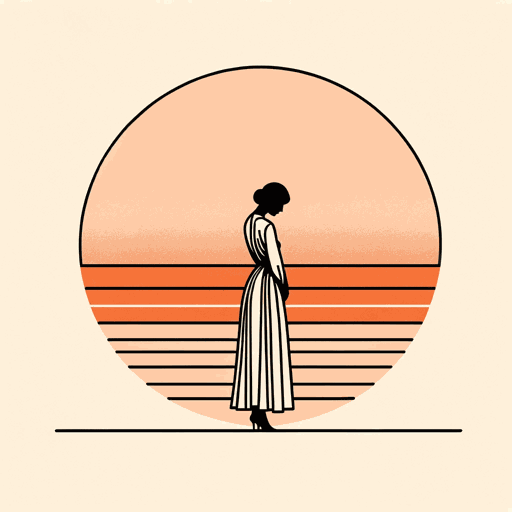
A Sunset of the City
Gwendolyn Brooks
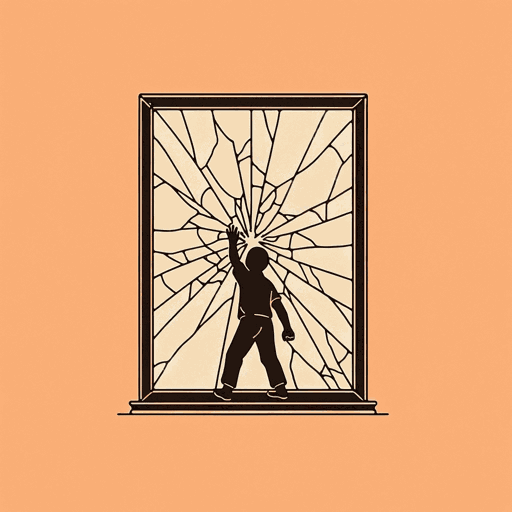
Boy Breaking Glass
Gwendolyn Brooks
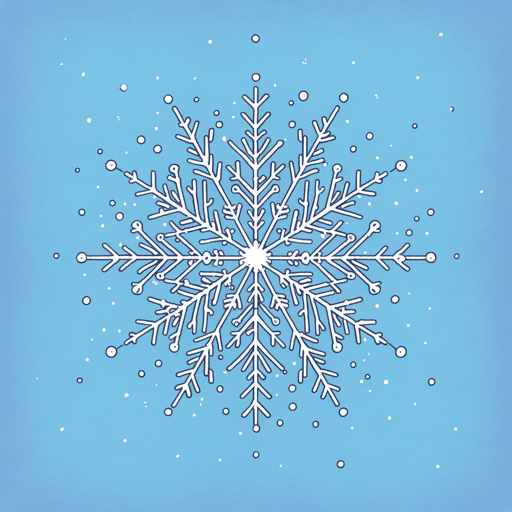
Cynthia in the Snow
Gwendolyn Brooks

Maud Martha
Gwendolyn Brooks

my dreams, my works, must wait till after hell
Gwendolyn Brooks

Speech to the Young: Speech to the Progress-Toward (Among them Nora and Henry III)
Gwendolyn Brooks

The Ballad of Rudolph Reed
Gwendolyn Brooks

The birth in a narrow room
Gwendolyn Brooks
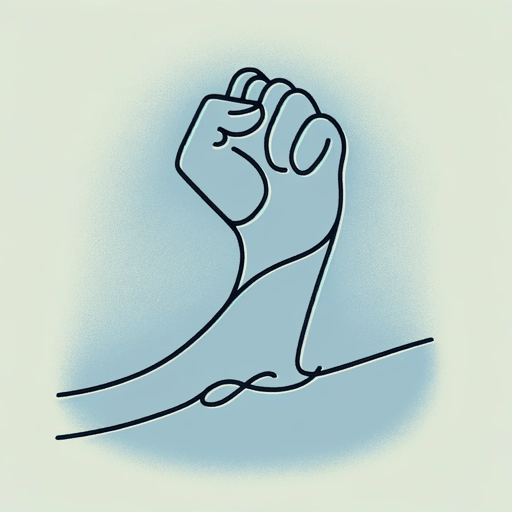
The Blackstone Rangers
Gwendolyn Brooks

The Chicago Defender Sends a Man to Little Rock
Gwendolyn Brooks
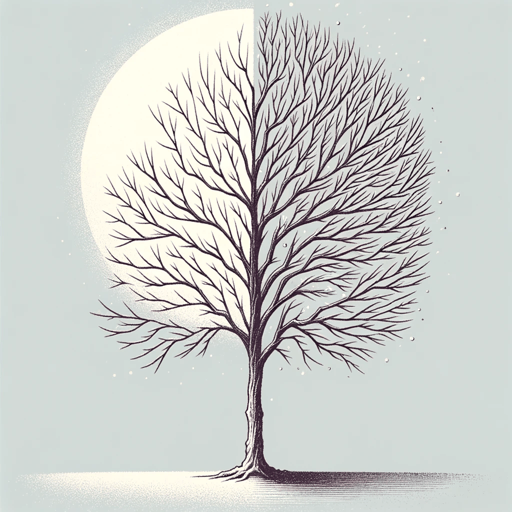
The Crazy Woman
Gwendolyn Brooks

The Lovers of the Poor
Gwendolyn Brooks
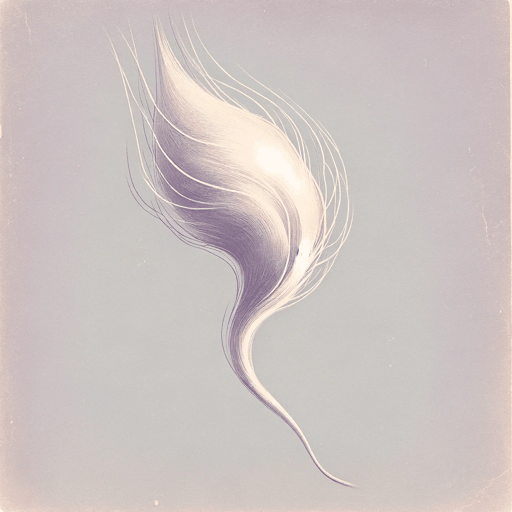
The Mother
Gwendolyn Brooks

To Be in Love
Gwendolyn Brooks

To The Diaspora
Gwendolyn Brooks
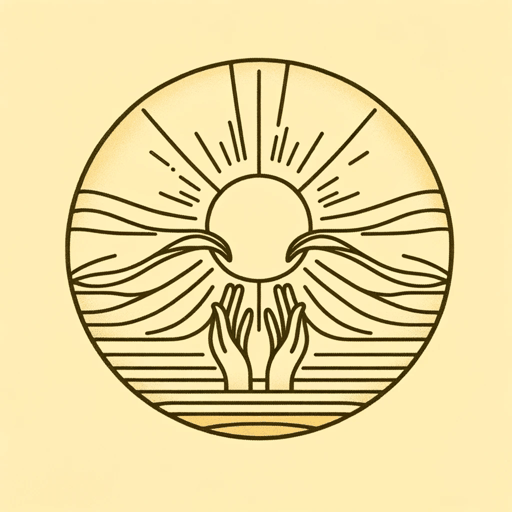
Ulysses
Gwendolyn Brooks
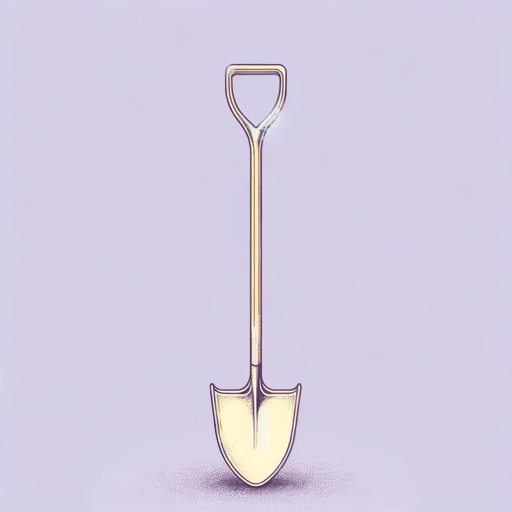
We Real Cool
Gwendolyn Brooks

